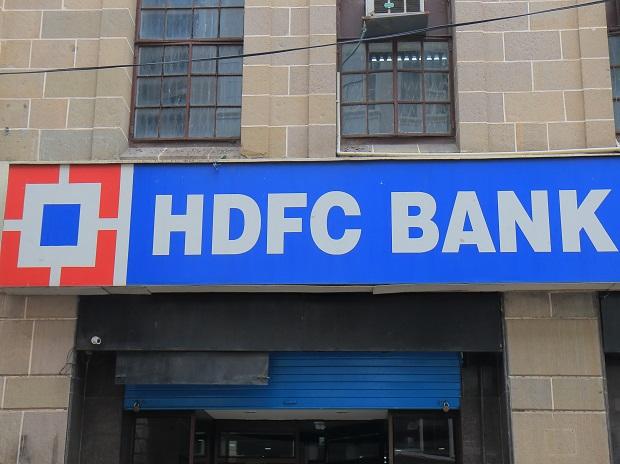Global rating agency Standard and Poor’s has said that India’s largest private lender, HDFC Bank, has sufficient financial headroom to withstand downside risks from tough operating conditions in India.
“HDFC Bank’s result for the first half of 2020-21 (the financial year that will end on March 31, 2021) are resilient and in line with our expectations,” S&P said in a statement.
HDFC Bank has ample capital buffers, as reflected in its Tier-I capital ratio of 17.7 per cent as on September 30, 2020. The bank's S&P Global Ratings risk-adjusted capital ratio will be 8.5-9 per cent over next two years, compared with 9.4 per cent as on March 31, 2020.
S&P’s rating for HDFC Bank is BBB-/Stable/A-3. The report did not constitute a rating action, S&P said.
HDFC Bank's asset quality should also remain superior to the industry over the next two years, despite a likely deterioration from the Covid-19 fallout. Its gross non-performing loans (NPLs) would likely be two-three per cent of total loans.
Its reported NPLs declined to 1.1 per cent due to regulatory forbearance in September 2020. In the absence of forbearance, the bank's NPL ratio would have been at similar level of 1.4 per cent. “We expect the bank to uphold its strong risk management standards and maintain its highly diversified portfolio”, S&P said.
HDFC Bank's credit costs, amounts set aside for stressed loans, will rise to 1.5-2 per cent of gross loans over fiscals 2021 and 2022, compared with the five-year average of 0.8 per cent. HDFC Bank's loan loss provisions remained high as the bank made contingency provisions for future NPLs. We expect the bank to continue to proactively recognize and provide for weak assets.
Restructuring will delay recognition of stressed loans in India's banking sector. The sector could see 5-8 per cent of its total loans being restructured by the end of June 2021. In addition, NPLs will increase to 10-11 per cent of the sector's total loans, from 8.5 per cent as of March 31, 2020.
The bank's core earnings could marginally decline to 1.6-1.8 per cent of average assets in fiscal 2021 as the pandemic weighs on net interest margins and loan loss provisions. Its profitability is expected to normalize to pre-pandemic level of 1.9 per cent in fiscal 2022 as the Indian economy rebounds, rating agency added.
 Dear Reader,
Dear Reader,
Business Standard has always strived hard to provide up-to-date information and commentary on developments that are of interest to you and have wider political and economic implications for the country and the world. Your encouragement and constant feedback on how to improve our offering have only made our resolve and commitment to these ideals stronger. Even during these difficult times arising out of Covid-19, we continue to remain committed to keeping you informed and updated with credible news, authoritative views and incisive commentary on topical issues of relevance.
We, however, have a request.
As we battle the economic impact of the pandemic, we need your support even more, so that we can continue to offer you more quality content. Our subscription model has seen an encouraging response from many of you, who have subscribed to our online content. More subscription to our online content can only help us achieve the goals of offering you even better and more relevant content. We believe in free, fair and credible journalism. Your support through more subscriptions can help us practise the journalism to which we are committed.
Support quality journalism and subscribe to Business Standard.
Digital Editor

RECOMMENDED FOR YOU